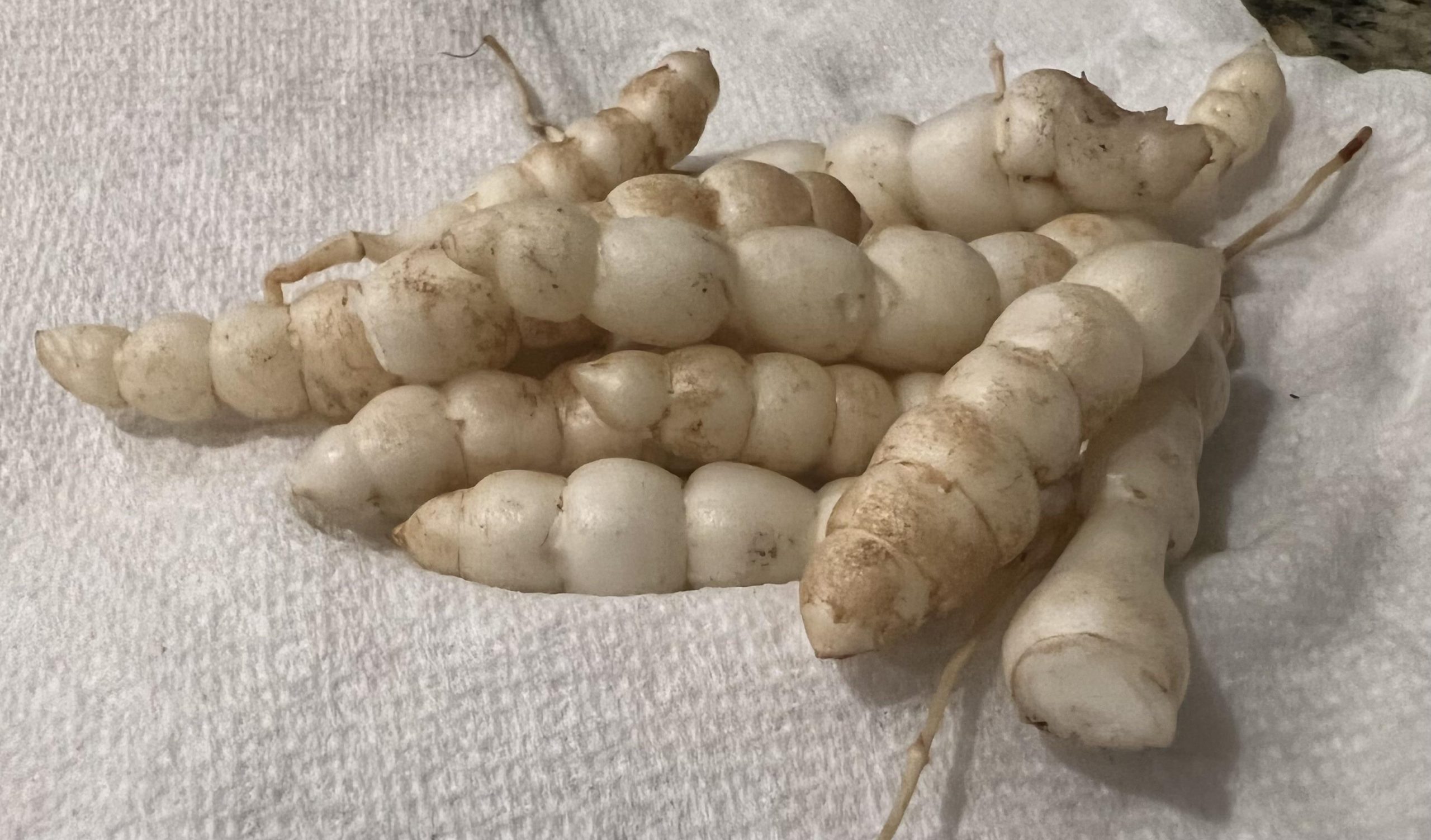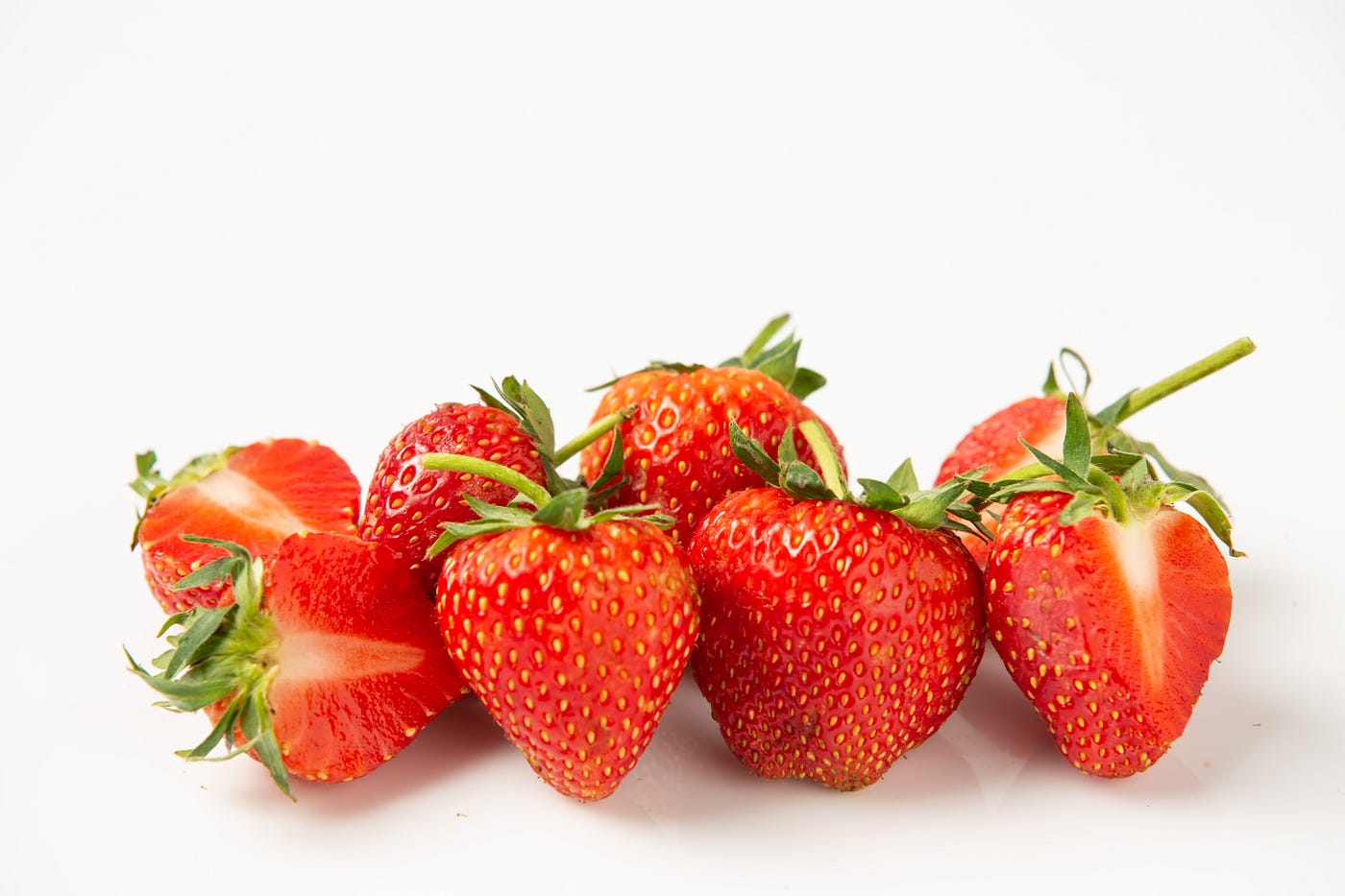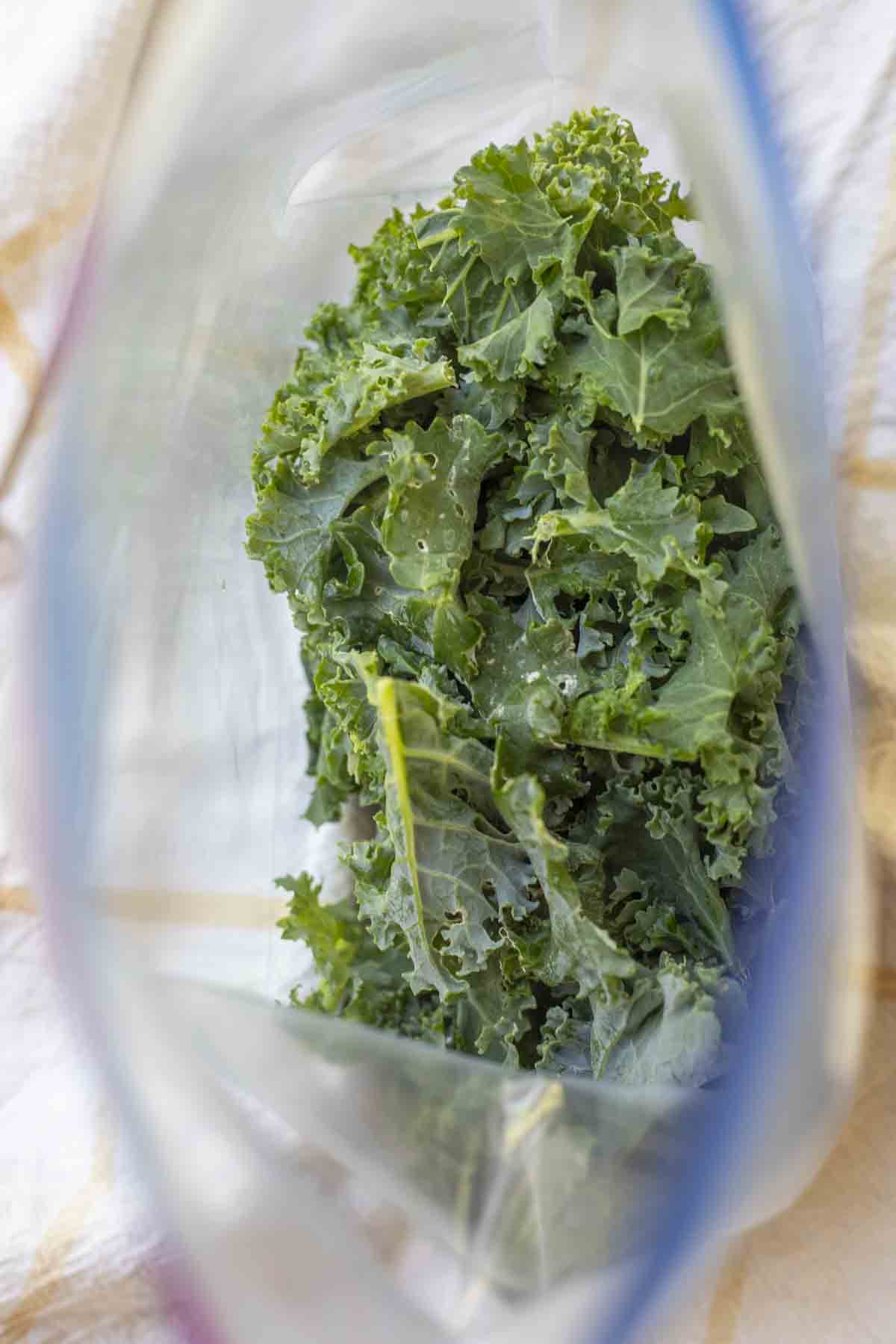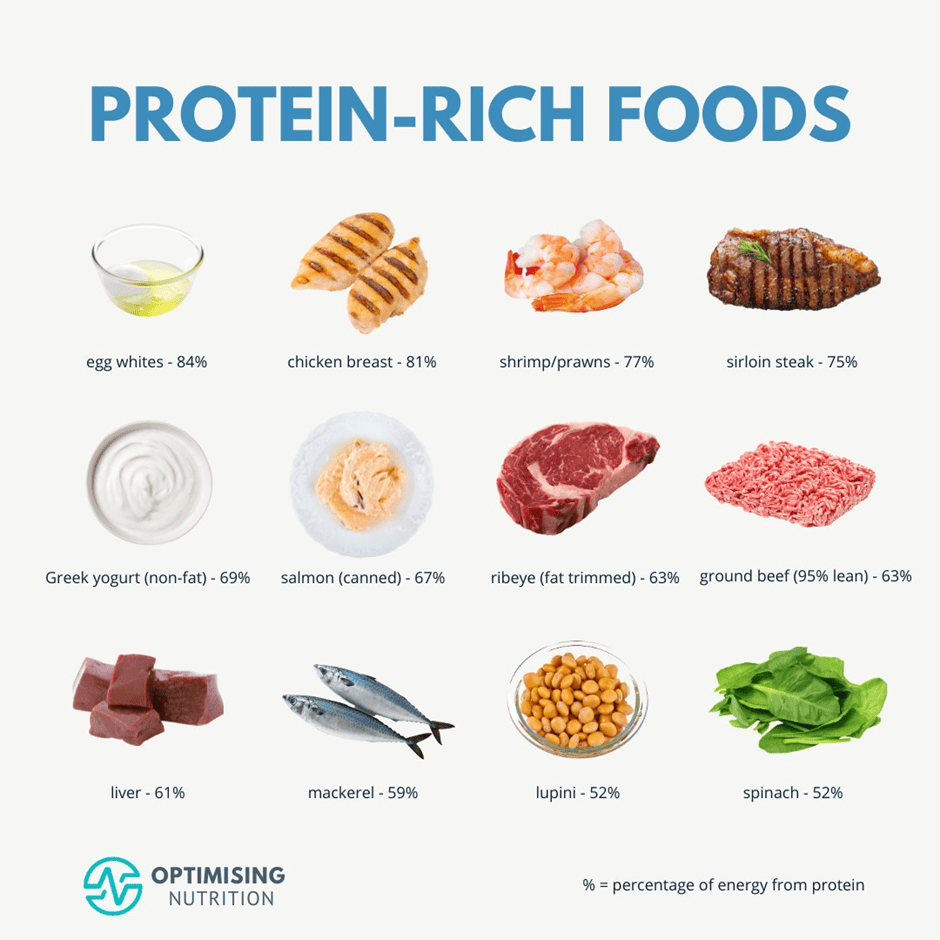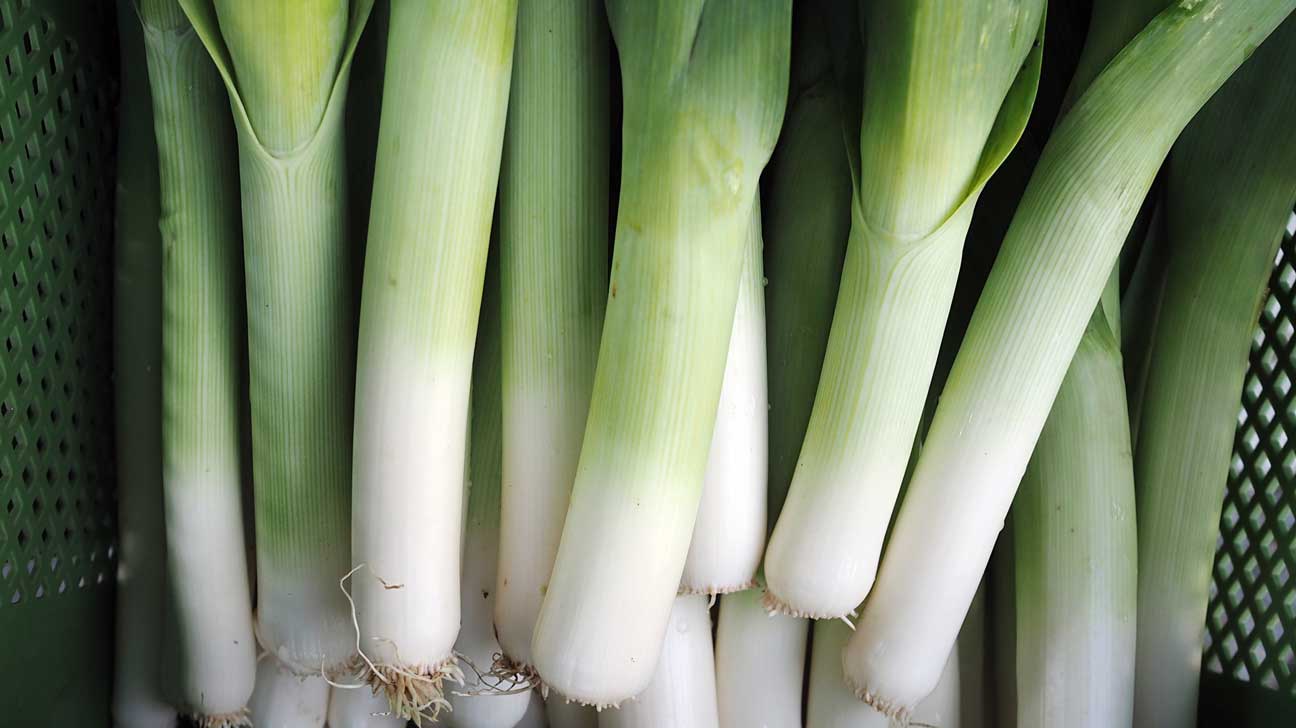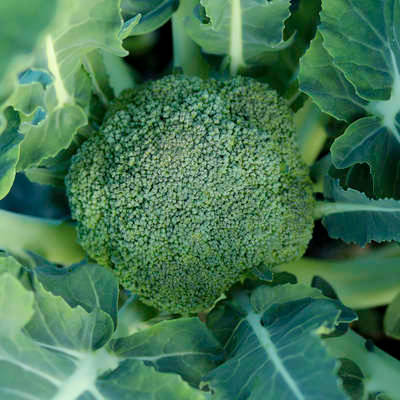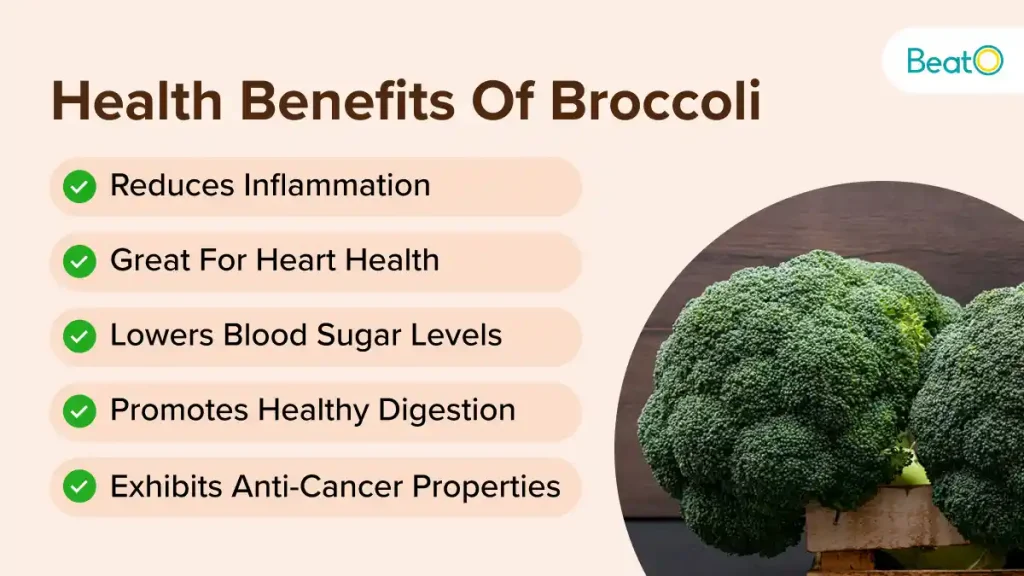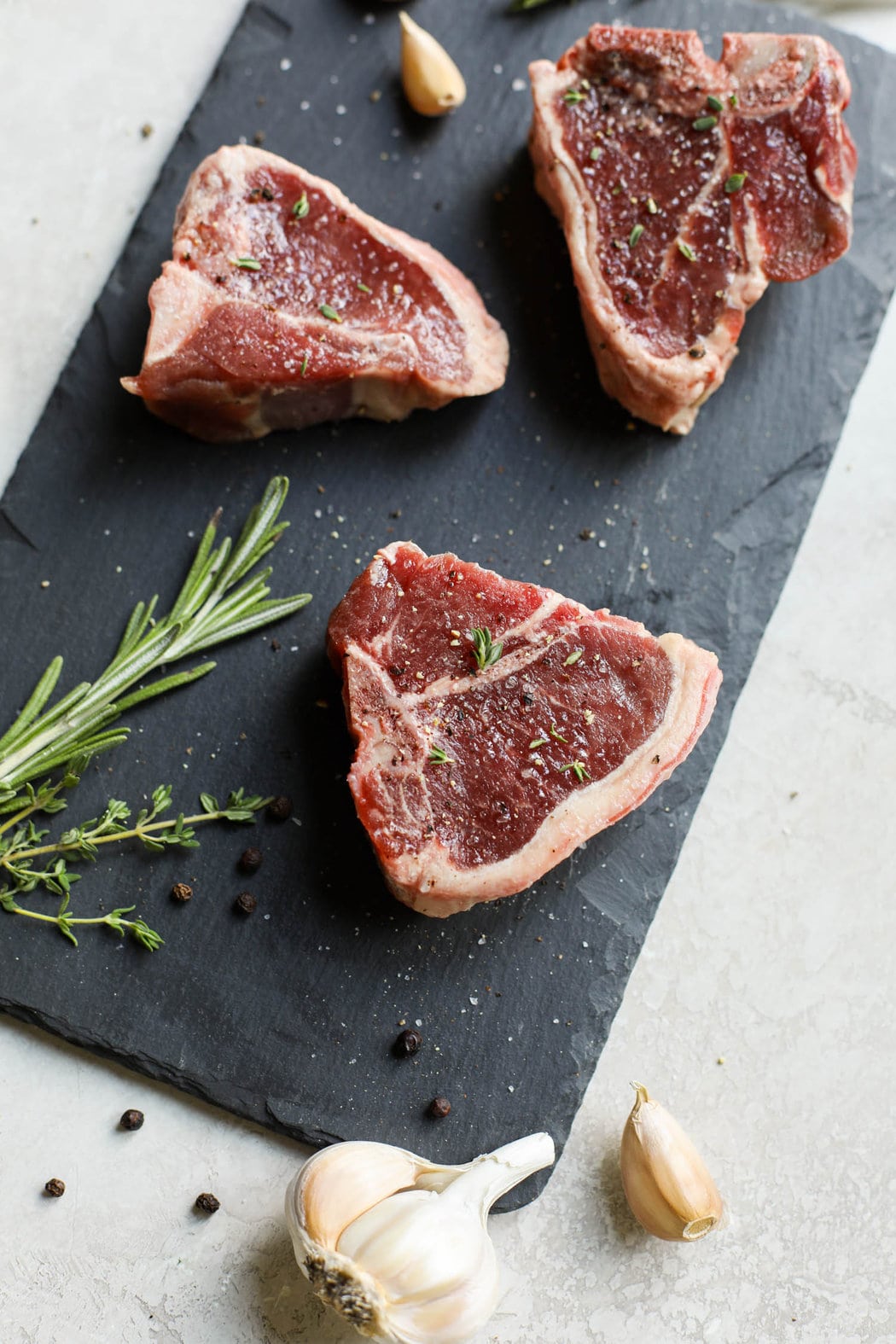Are onions vegetables or something else entirely?
Onions are widely cultivated vegetables, of the genus Allium, known for adding flavor to many dishes. They are native to southwest Asia and are grown throughout the world. Onions are an edible vegetable in the Allium family, which includes red onions, yellow onions, spring onions, leeks, ramps, scallions, chives, and shallots. In terms of culinary classification, onions are considered vegetables. Botanically, fruits are seed-bearing and develop from the ovary of a flowering plant, while vegetables are other parts of the plant such as roots, stems, and leaves. However, for legal purposes, tomatoes are legally classified as vegetables, despite being botanically fruits.
Summary:
The article discusses the classification and characteristics of onions, leeks, and shallots. It states that onions are root vegetables and are part of the allium family, along with leeks and garlic. Leeks resemble large green onions and have a stronger taste when raw but become milder when cooked. Shallots, on the other hand, are smaller and elongated with a mild taste and thin layers. They can be eaten raw or cooked in various ways. The article concludes by mentioning the versatility of onions in adding bold flavor to different dishes and suggests trying onion recipes.
Continue Reading